Trekking in Dolpo Region: A Complete Guide to Exploring Nepal's Hidden Gem
Introduction to Dolpo Region
Nestled in the heart of the Himalayas, Trekking in Dolpo Region offers adventurers a truly unique experience, rich with stunning landscapes and profound cultural depth. Often overshadowed by its more famous cousins like Everest and Annapurna, Dolpo is a breathtaking gem waiting to be explored. Imagine yourself in a place where ancient Tibetan culture thrives amidst rugged mountains, pristine lakes, and lush valleys.
This complete guide will walk you through everything you need to know for an unforgettable trekking experience in this hidden paradise.
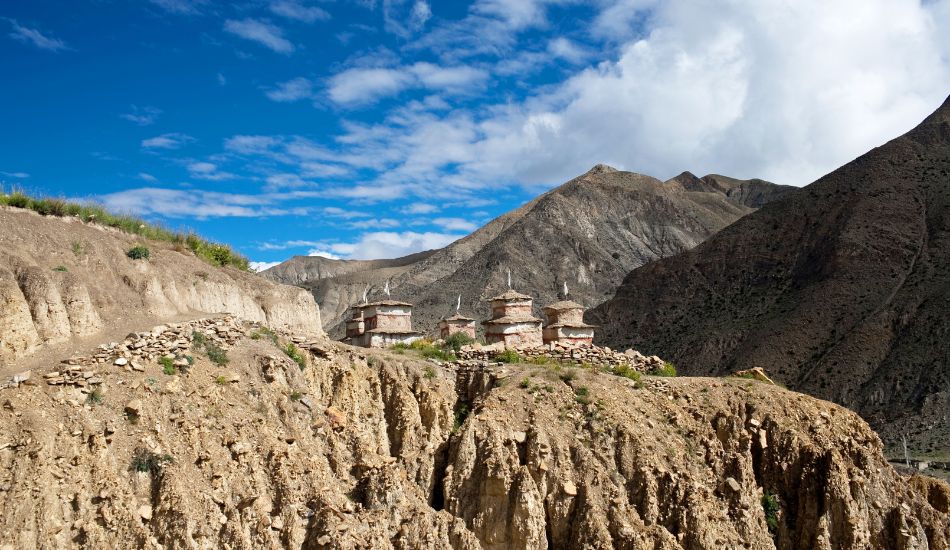
Geographic Location and Accessibility
Dolpo is located in the north-west region of Nepal, bordering Tibet and surrounded by the Annapurna and Dhaulagiri mountain ranges. The area is relatively remote, which adds to its mystique but also makes accessibility a bit challenging. To get to Dolpo, an adventurous visitor must fly a local airlines from Kathmandu to Jhupal the nearby grass airstrip. On the other hand, experienced trekkers have other choices of treks from the neigbouring districts though these treks require more time and energy.
How To Get To Dolpo From Kathmandu
A Brief History of Dolpo
Dolpo has a rich tapestry of history, influenced significantly by Tibetan culture due to its proximity to the Tibetan plateau. It remained largely untouched until the late 20th century when the government began to open it up to outsiders. The region is home to several ancient monasteries and settlements such as Shey Gompa and Phoksundo Lake, which bear witness to its vibrant past and spiritual significance.
Why Choose Dolpo for Trekking?
Trekking in Dolpo is not a regular trek, it is a unique experience!! It is desirable both as entertainment and as an opportunity to make oneself interested in one’s inner world. Here are a few irresistible reasons to pull on your trekking shoes in this fabulous area.
Unique Natural Landscapes
The stark beauty of Dolpo is simply mesmerizing. From the turquoise waters of Phoksundo Lake to the arid high-altitude deserts, the contrasting landscapes are a treat for the eyes. You will encounter vast grasslands, deep gorges, and mesmerizing mountains that reach into the sky. Like many regions in Himalayas, the area offers several years of history and religious importance by exhibiting old monasteries and settlements like Shey Gompa and Phoksundo Lake.
Rich Cultural Heritage
Dolpo is not just about its nature; it is rich in culture and tradition. With its majority Tibetan Buddhist population, you will experience festivals, rituals, and daily life that have remained unchanged for centuries. The locals are friendly and hospitable; they are ready to showcase themselves and the traditions of their land to the tourists.
Varied Trekking Routes
Another of the constants of Dolpo is the kind of trekking routes it has to offer. Depending on the level of adventurousness, one is spoiled for choice for an active or less active kind of a trip. From the famed Upper Dolpo Trek to the scenic Dolpo Mugu Trek, each route offers diverse experiences tailored to different skill levels and interests.
Preparing for Your Trek in Dolpo
Preparation is key when it comes to trekking in Dolpo. The region's remoteness and altitude demand thorough planning, so let's break down what you need to know.
Best Time to Visit
The ideal times for trekking in Dolpo are during the spring (March to May) and autumn (September to November). In these parts the climate is relatively mild and the air is clear during these periods of time, thus, the views of the Rocky Mountains are best observed. There is heavy precipitation in monsoon which starts from June ends up in August hence it’s advisable to avoid that period because of probable landslides.
Learn More from our blog, Best Time to Trek in Dolpo.
Getting There
Reaching Dolpo can be an adventure in itself. The most common starting point is the city of Nepalgunj, from where you can catch a flight to Juphal. It takes about 35-40 minutes in the flight and gives a wonderful view of the mountains. There also exists a possibility of a more challenging journey from Jiri to Dolpo, which takes several days, yet is certainly more demanding.
Required Permits and Fees
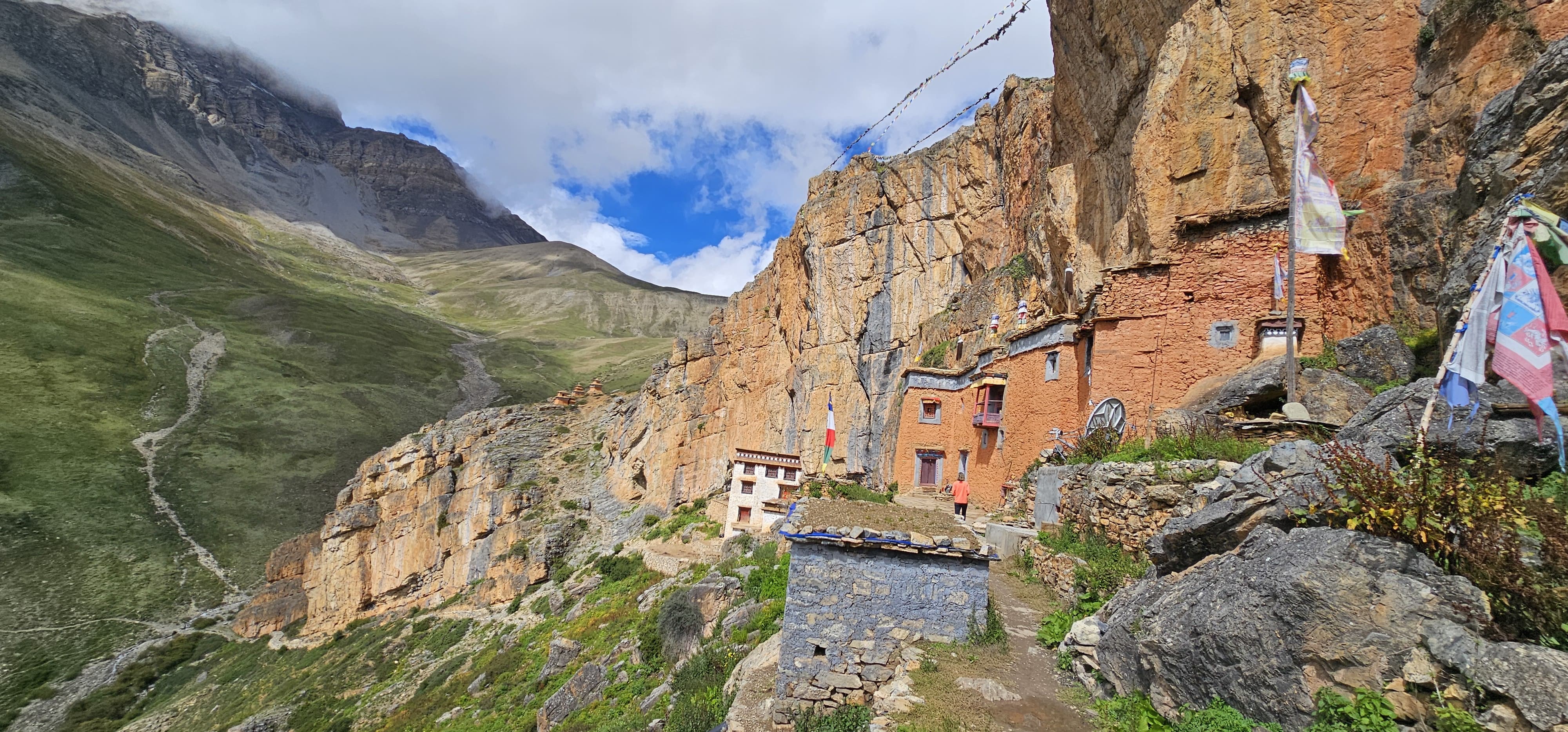
Before embarking on your adventure, ensure you have the necessary permits. The Dolpo Restricted Area Permit and the Annapurna Conservation Area Permit are mandatory for trekkers. These can be obtained through a registered trekking agency or in Kathmandu. Keep in mind that fees can vary, and it's advisable to check the current rates.
Recommendation Read: How To Obtain Nepal Trekking Permit.
Gear and Packing List
Packing the right gear is crucial for a successful trek. Here's a breakdown of what you'll need:
Essential Trekking Gear
High-quality trekking boots
Sleeping bag rated for cold temperatures
Trekking poles for stability
First aid kit and medications for a person
Clothing Tips for Different Weather Conditions
Weather in Dolpo can be unpredictable. Layering is essential, so include:
Thermal base layers
Insulated jackets
Waterproof shells
Warm gloves and hats
Popular Trekking Routes in the Dolpo Region
Travelling in Dolpo is like having a look at a lovely photo gallery which envelopes natural beauty and cultural opportunities. Below are the most recommended trekking destinations for the great treks you can’t afford to miss.
Upper Dolpo Trek Overview
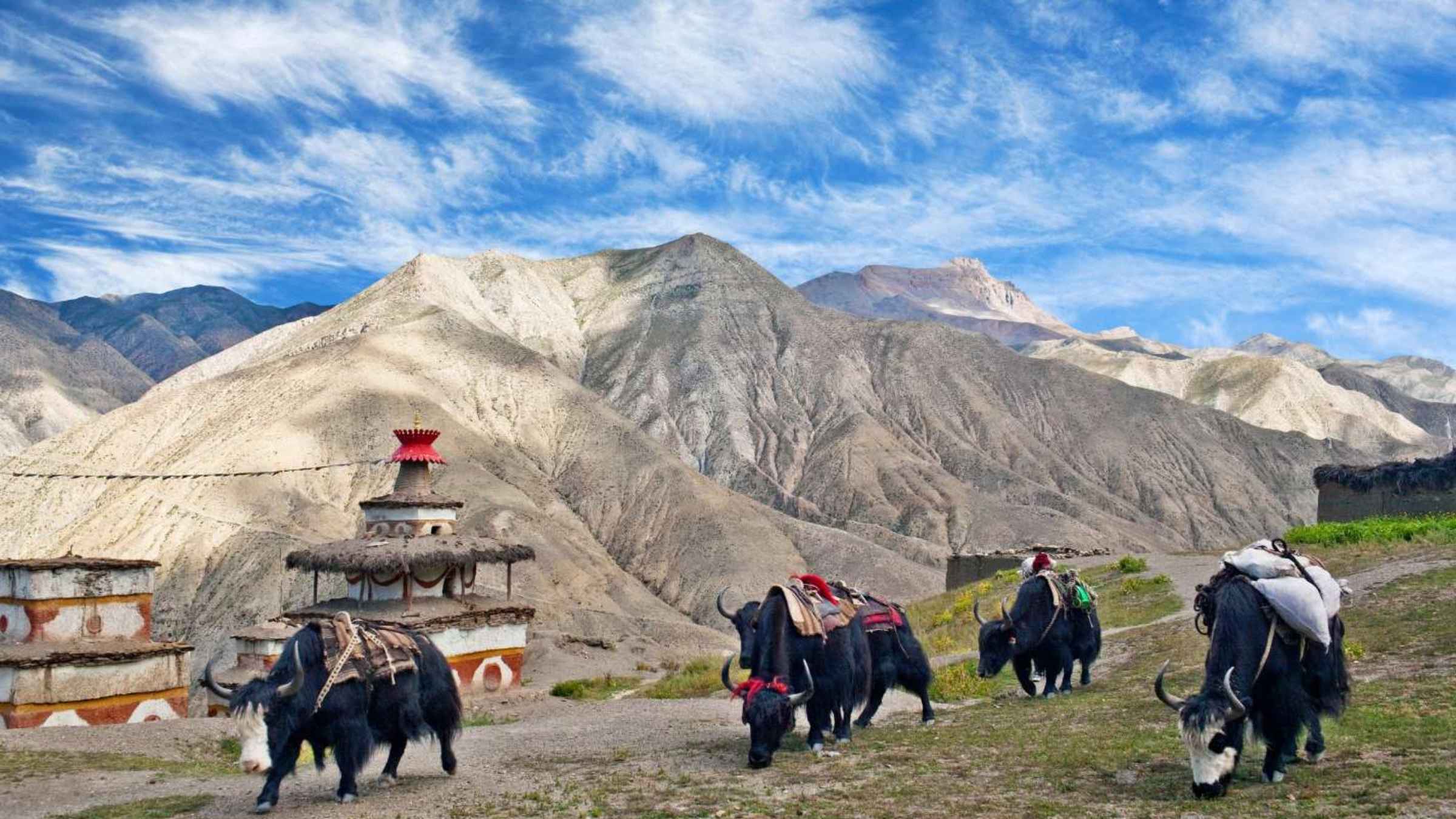
Upper Dolpo Trek is one of the most famous trekking trails in Nepal and for a very good reason as well. Approximately taking 20 days this trek penetrates the interior of Dolpo and provides glamour of Dhaulagiri and interesting monasteries.
Highlights of the Upper Dolpo Trek
- Visit the surreal Phoksundo Lake, known for its beautiful turquoise hue.
- Explore Shey Gompa and its rich spiritual heritage.
- Experience the daily lives of the local Tibetan Buddhist communities.
How Difficult Is Upper Dolpo Trek
Dolpo Mugu Trek Overview
If you're looking for a blend of adventure and culture, the Dolpo Mugu Trek is perfect. This trek typically lasts about 15 days and combines the beauty of the Dolpo region with access to the Mugu district.
What to Expect on the Dolpo Mugu Trek
- Scenic views of lush valleys and rugged mountains.
- Opportunity to meet locals and learn about their traditions.
- Stunning vistas of the Mugu Karnali River.
Cultural Insights While Trekking in Dolpo
Trekking in Dolpo isn't just about the scenic views; it's a cultural journey that enriches the entire experience.
Interactions with Local Communities
One of the main attractions of trekking in Dolpo consists in interacting with the locals. Most residents are very friendly and will offer their lifestyles to the trekkers. You are guaranted warm welcome and home cooked food as well as listening to interesting legends of the mountain people.
Festivals and Traditional Practices
Don't miss out on local festivals if your trek coincides with them. Events like Losar, the Tibetan New Year, are vibrant and full of life, showcasing traditional music, dance, and food. Such experiences provide a deeper understanding of the cultural richness of the Dolpo region.
Tips for a Successful Trek in Dolpo
When one is willing to accept it and prepare himself such a trek in Dolpo can be one of the most memorable and amazing in ones life.” Some of the other things that are maybe consider are listed below.
1. Staying Acclimatized
Remember that Dolpo sits at high altitude. Acclimatization is crucial to avoid altitude sickness. Take your time, hydrate well, and ascend gradually. Most trekking itineraries incorporate rest days specifically for acclimatization.
2. Navigating the Terrain
The one thing that requires extra planning is the trails in Dolpo can be difficult for some at times, paths are rocky or steep at others. It will help to always be aware of your footing and be patient. If you ever feel a little uncertain, just stick to your guide’s instructions or other experienced hikers.
3. Respecting Local Customs
Politeness and tolerance to the local culture will definitely help you. Never take pictures of people or their property without permission – local customs and traditions should be respected as well especially when visiting monasteries.
Conclusion
In conclusion, trekking in the Dolpo region is adventure per excellence with spectacularview and colorful cultural encounters. Thus, it comes as no surprise that the Dolpo region gets little to no attention from a tourism perspective but it in a way, it is still the hidden beauty of the earth with mountain that is high enough to touch the sky to the friendly people who are waiting to give you their warm welcome. Overall, your trek here can be favorably remembered if only you prepare yourselves well and get a right spirit of an adventure.
This means that you should go for the best of the best and nothing less! For well organized and interested trek in the stunning area of Dolpo, Dolpo Caravan would be the best choice.
FAQs
What is the best time to trek in Dolpo?
The best time to trek in Dolpo is during spring (March to May) and autumn (September to November) when weather conditions are ideal.
Do I need a guide for trekking in Dolpo?
Yes, a licensed guide is required for trekking in Dolpo due to its remote nature and permit regulations.
What kind of wildlife can I see in Dolpo?
Dolpo is home to diverse wildlife, including snow leopards, blue sheep, and various bird species, especially in protected areas.
How physically demanding is the Upper Dolpo Trek?
The Upper Dolpo Trek is relatively strenuous, involving high altitudes and rugged terrain. Proper fitness training beforehand is recommended.
Is it safe to trek in the Dolpo region?
Yes, trekking in Dolpo is generally safe. However, it is crucial to follow guidelines, heed safety advice from your guide, and be aware of altitude sickness.
What is the accommodation like in Dolpo?
Most trekkers stay in teahouses, which are basic lodges run by local families. Some areas may have limited facilities, so advanced planning is recommended.
How fit do I need to be to trek in Dolpo?
A good fitness level is essential, especially for more strenuous treks like the Upper Dolpo. Regular cardiovascular workouts will help prepare your body for the trekking demands.
Can I trek alone in Dolpo?
While independent trekking is possible, it is advisable to go with a guide or as part of a group due to the remoteness and potential challenges of the trails.

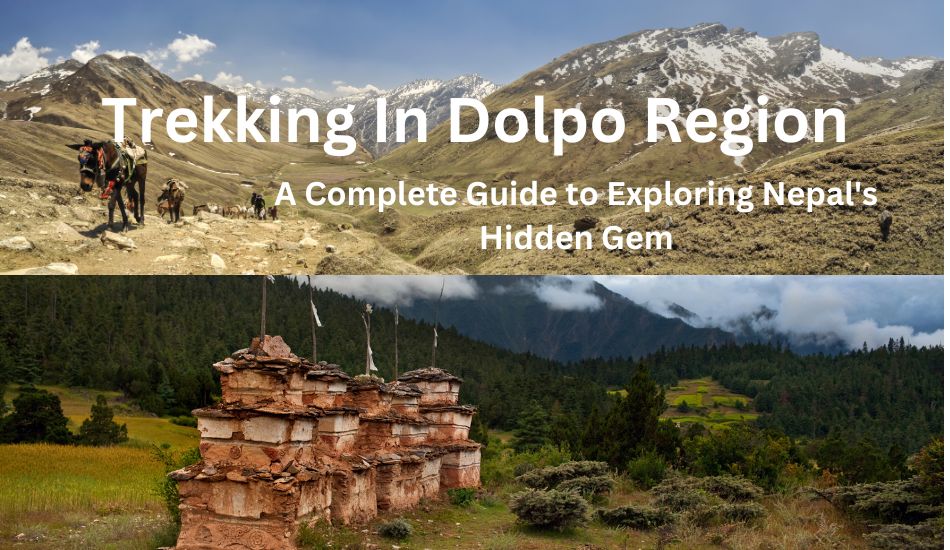
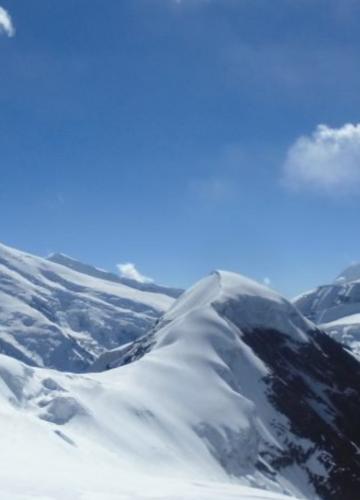
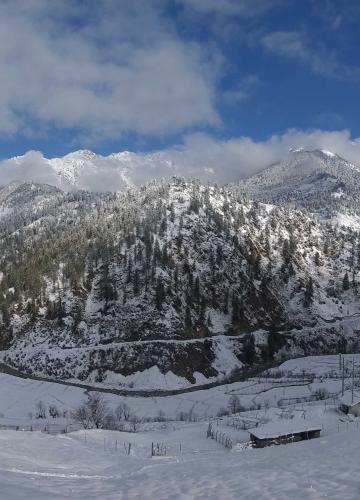
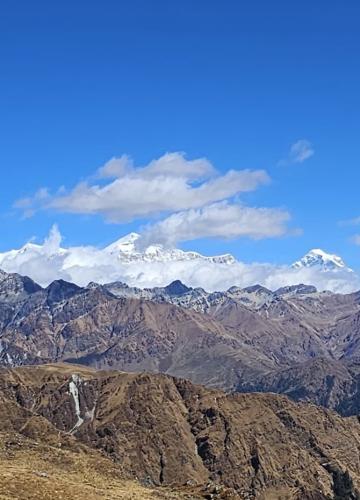
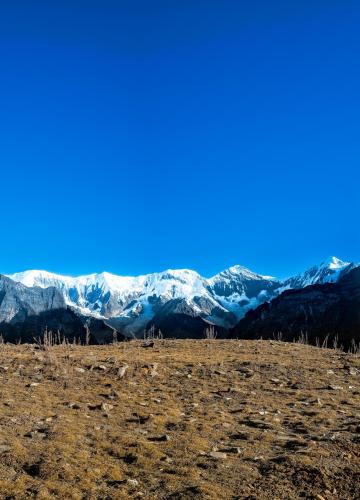
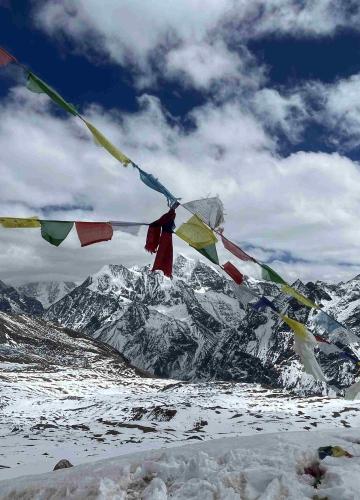
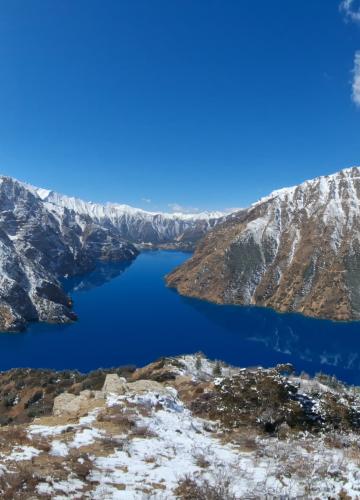

Leave Your Comment